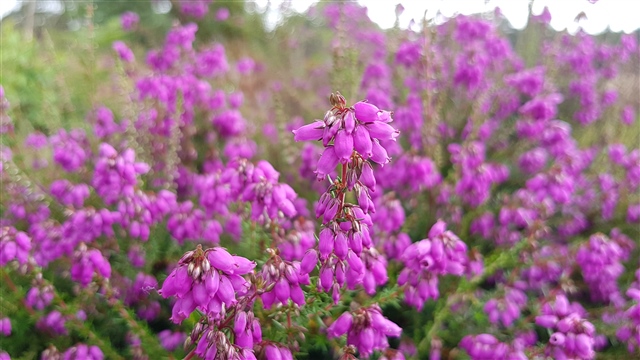
Secrets of the Heath: Wonders of Wiggonholt
Saturday 21 August 2021, 11am-4pm
Wiggonholt Heath, RSPB Pulborough Brooks nature reserve
Join Heathlands Reunited and RSPB Pulborough Brooks for an exciting day exploring the heathland at Wiggonholt.
Follow the heathland superheroes trail, go on a bug hunt, discover heathland history, listen to a tale or two, create your own heathland critter, meet a reptile, and have a Stone…